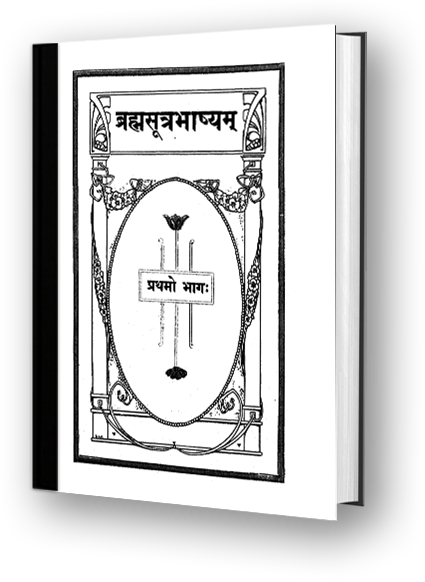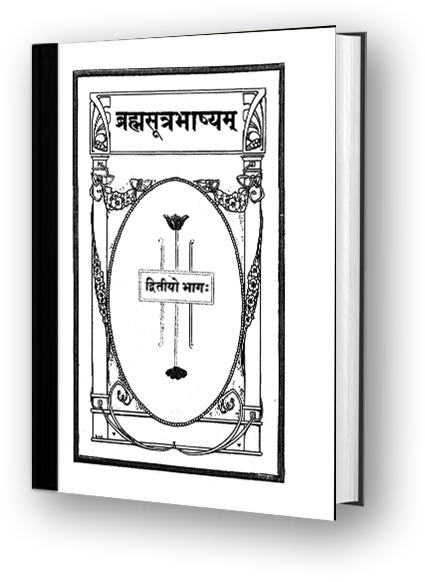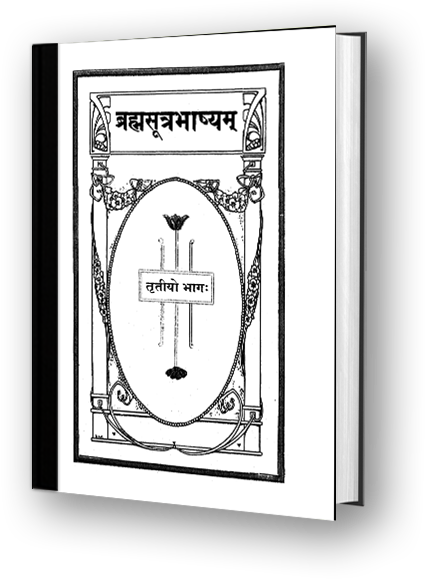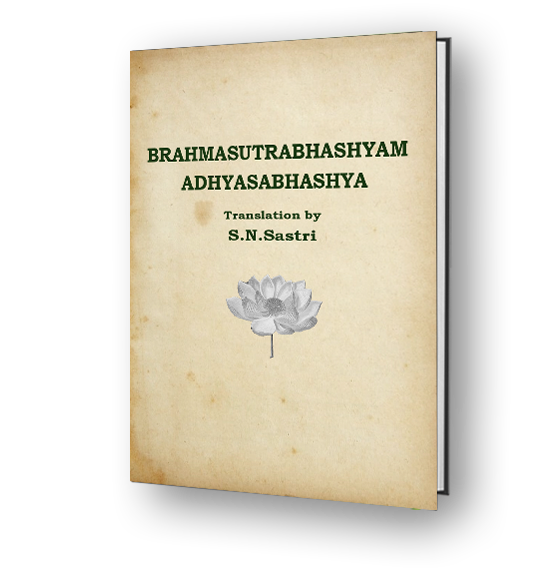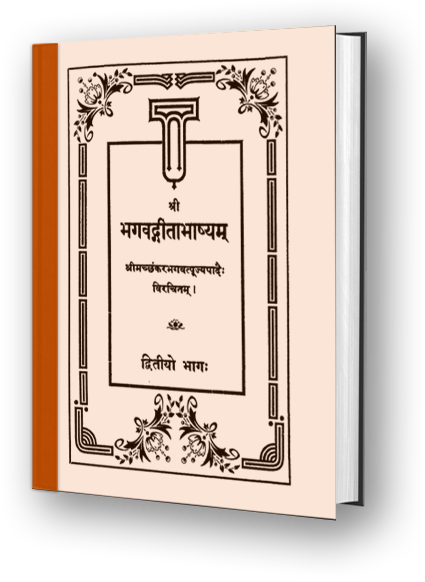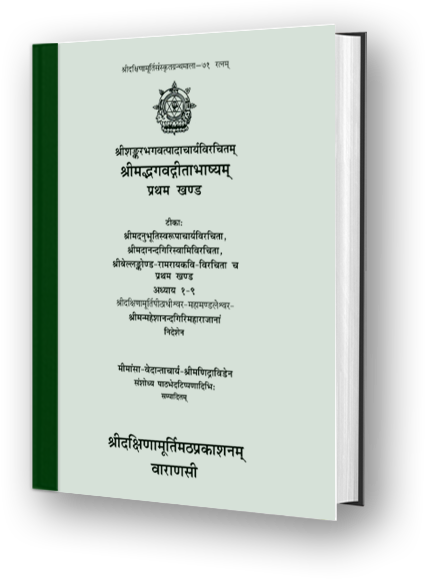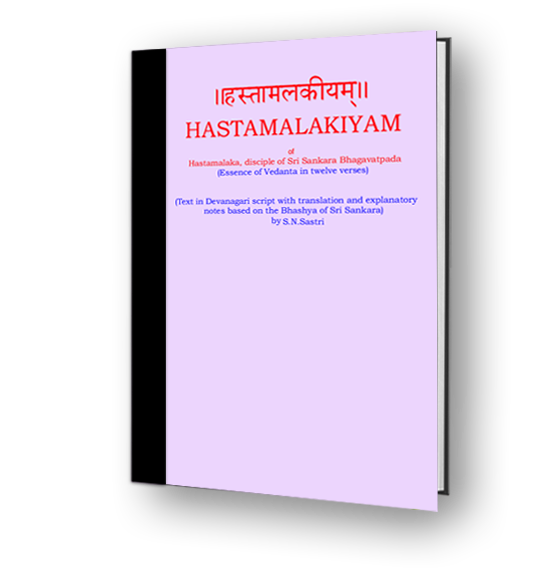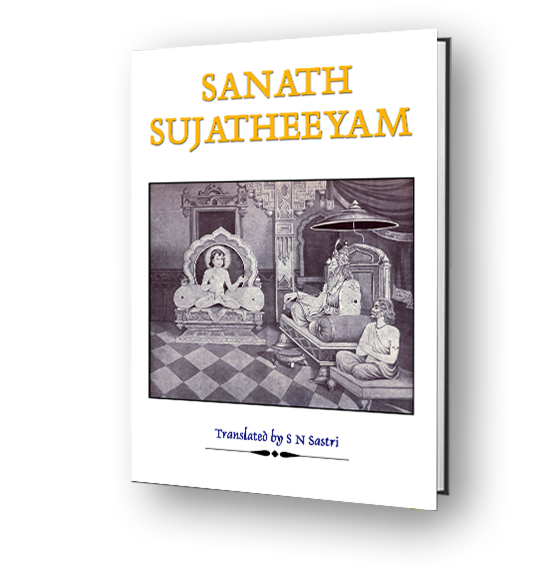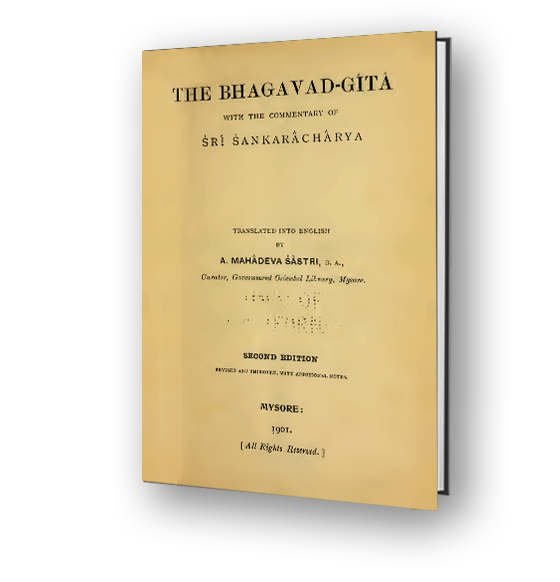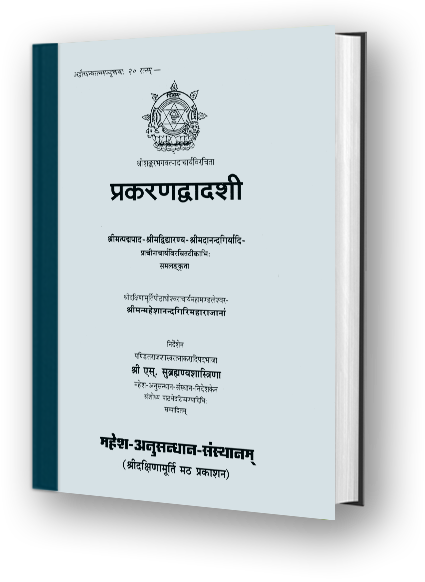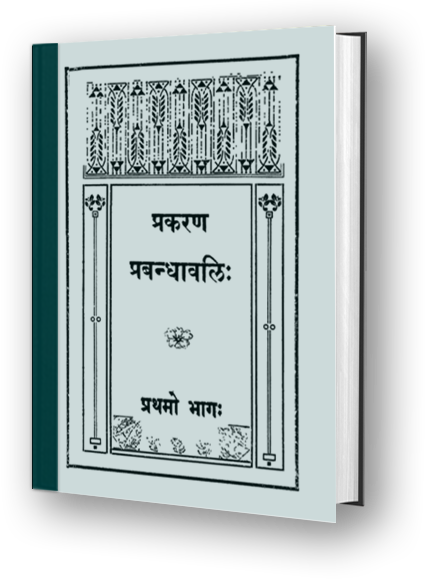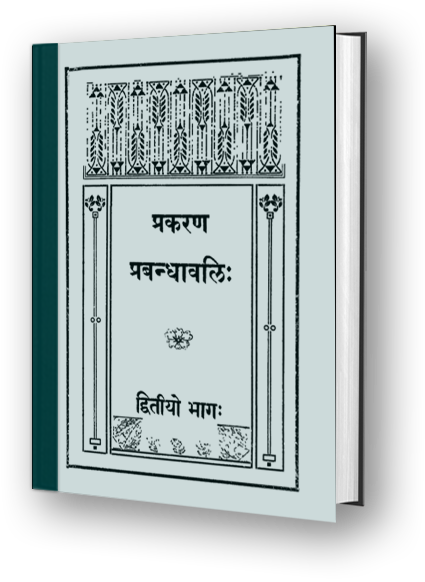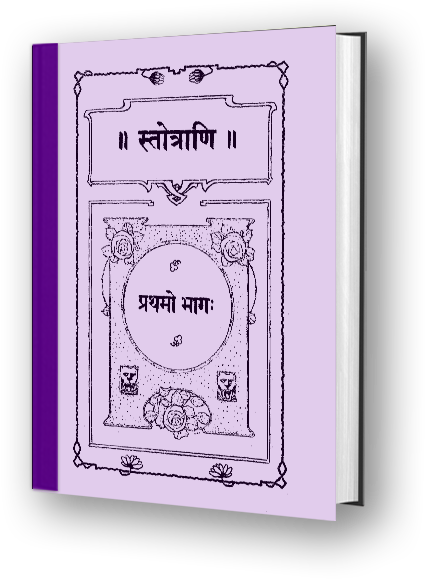Sri Adi Shankaracharya, reverentially referred to as Sri Shankara Bhagavatpada, is universally identified as the celebrated author of the prodigious bhashyas or commentaries on the prasthana-traya – the triad comprising Sage Badarayana’s Brahma-sutras, the principal upanishads and the Bhagavad-gita. Sri Shankara was born in Kaladi on the banks of Purna in Kerala, India. Having mastered the vedas with its angas, supplements, at a very young age, He set His mind on samnyasa. His widowed mother was reluctant to part with Him, her only son. It is said that once as He was bathing in Purna, a crocodile seized Him by His leg. His mother panicked. He convinced her that there was no escape from its hold other than by resolving to take up samnyasa forthwith, obtained her consent and mentally renounced the world; the crocodile promptly let go of Him. He then assuaged His mother’s feelings and left home in search of a guru. His search for a guru ended with His approaching Sri Govinda Bhagavatpada, a disciple of Sri Gaudapadacharya, on the banks of Narmada in Central India. His guru initiated him into the paramahamsa-samnyasa, the highest order of renunciation, and formally imparted to Him the wisdom enshrined in the upanishads. Recognising Sri Shankara’s brilliance, His Guru directed Him to proceed to Varanasi, expound the Brahma-sutras and enlighten the learned there. With an objective to enlighten even those not so scholarly as to comprehend the upanishadic Truth through His bhashyas, Sri Shankara wrote several prakarana-granthas or independent treatises – Viveka-chudamani, Upadesa-sahasri, Atma-bodha, Brahma-anuchintana, etc. – besides many more devotional hymns on various deities. His Manisha-panchaka in homage to an enlightened, albeit outcaste, one stands out for His open-mindedness and singular steadfastness to the advaitic, or non-dual, Truth. Bhagavatpada debated with leading scholars – of the Buddhist, Samkhya, Purva-mimamsa or vedic ritualism, schools – of His times, convinced them with the sharpness of His logic about the absolute impeccability of advaita as enshrined in the vedic scriptures. He not merely comprehensively won over them in hot debates; in fact, most significantly, He cordially won them over with the genuineness of His kind-heartedness. He set right many an erroneous practice that had largely corrupted the society, gently guided the misguided along the path of dharma and rid the society of the prevalent disharmony. Though His teachings, He invariably underscored the underlying unity in the superficial disparity. Sri Shankara Bhagavatpada traversed on foot the length and breadth of India multiple times, reaching out to the people. In the course of his travels, He sanctified many places of worship. With a view to carry forward His work of sustaining and propagating the Sanatana Dharma, He founded four Amnaya Peethas, cardinal centres of vedic learning, now-a-days also referred to as Mathas or monasteries, one each in Sringeri in the South, Dwaraka in the West, Puri in the East and Joshimath near Badrinath in the North of India. He appointed one each of His four principal disciples as head of each of the four peethas. Among them, Sri Sureswaracharya headed the Sringeri Sri Sharada Peetham. Sri Padmapadacharya, Sri Hastamalakarcharya and Sri Totakacharya were assigned the eastern, western and northern Amnaya Peethas respectively. Bhagavatpada stayed for many years in Shrungagiri (presently Sringeri, Karnataka, India), that once housed the hermitage of Rishis Vibhandaka and Rishyasringa of the Ramayana fame, expounding His bhashyas to His disciples. Sri Shankara Bhagavatpada visited Kashmir where a temple dedicated to Sharada (Sarasvati) housed the Sarvajna-peetha, the Throne of Omniscience. As per tradition, philosophers would visit the place and debate; the one who triumphed would ascend the Sarvajna-peetha. After duly winning over all His rivals, Sri Shankara ascended the Sarvajna-peetha with the blessings of Goddess Sharada. At a very young age of 32, Sri Shankara Bhagavatpada retired to the Himalayas and tradition has it that He disappeared from sight at Kedarnath. Sri Shankara’s works bear an unmissable stamp of His perfect enlightenment and eclectic genius evidenced by His phenomenal erudition, unparalleled intellect, impeccable logic and sharp wit, yet striking simplicity, on the one hand and sublime devotion, breath-taking linguistic and poetic elegance, robust pragmatism and fathomless compassion on the other – all rolled into one. He championed the cause of advaita, the absolute Truth, and of dharma or righteousness like none other. Little wonder therefore that even to this day, centuries after His times, He continues to be universally renowned by thinkers across the board as the crest jewel of philosophers and the monarch of reformers, a class by Himself by each and every conceivable canon! As a matter of fact, nothing can stack up against advaita, non-duality, in unifying and none can hold a candle to Sri Shankara as a unifier. He is well and truly the inimitable Sri Shankara Bhagavatpada, a glorious incarnation of Lord Shiva.


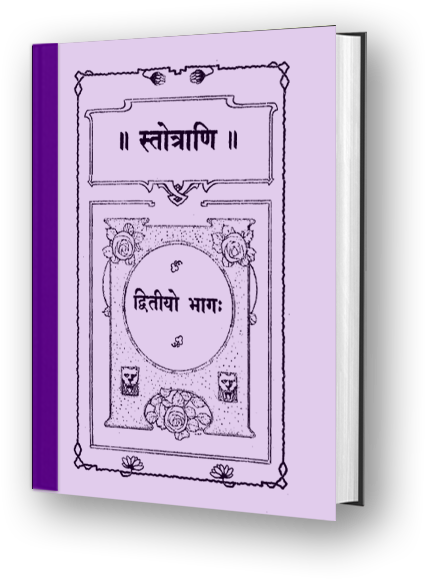
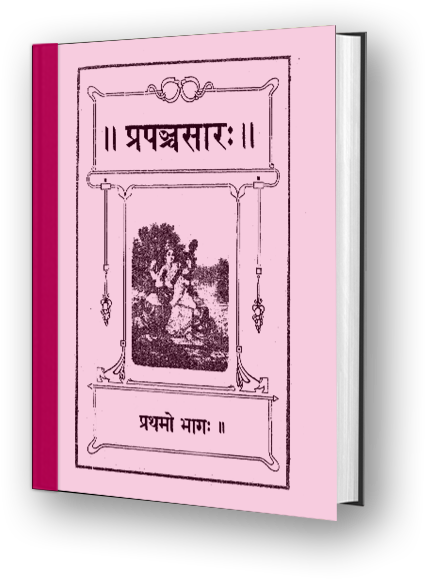

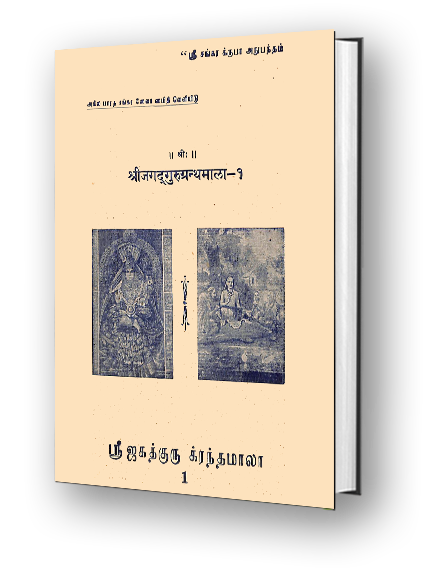
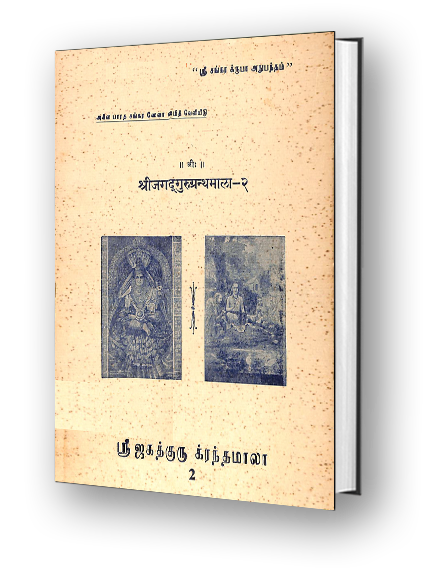
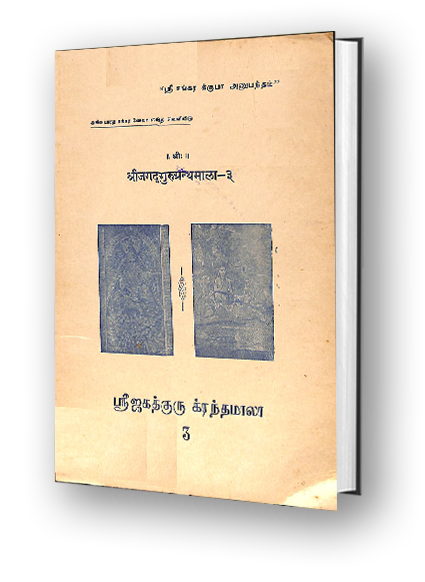
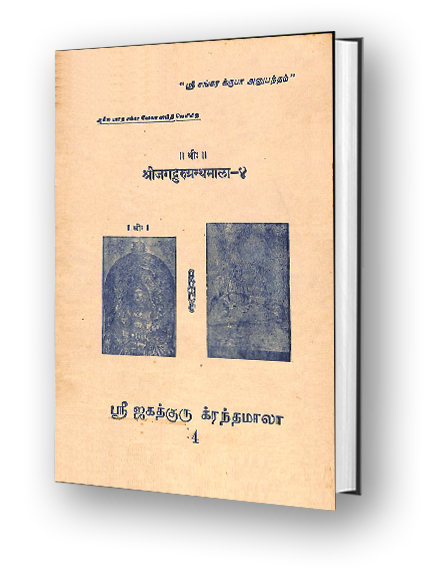

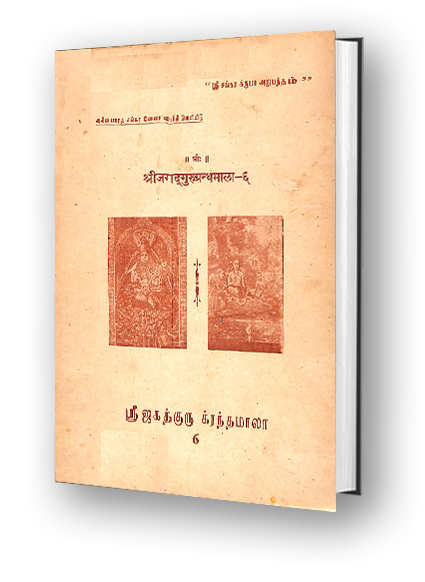
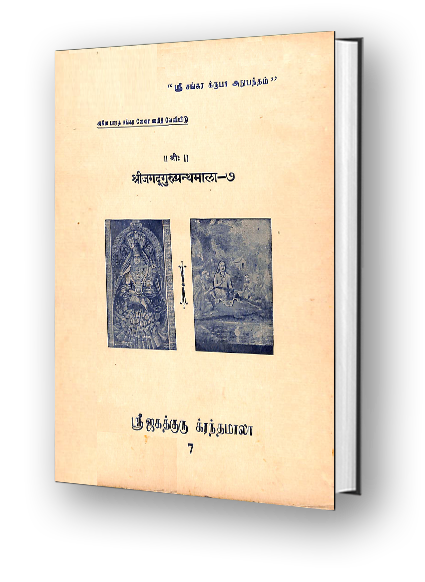
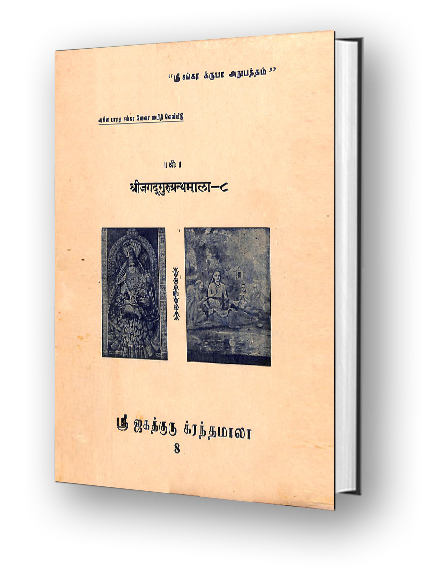
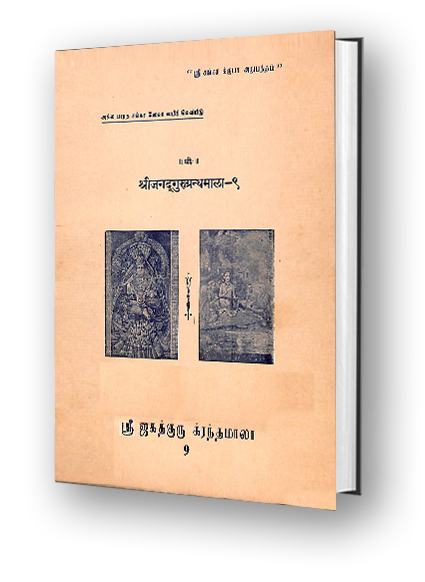
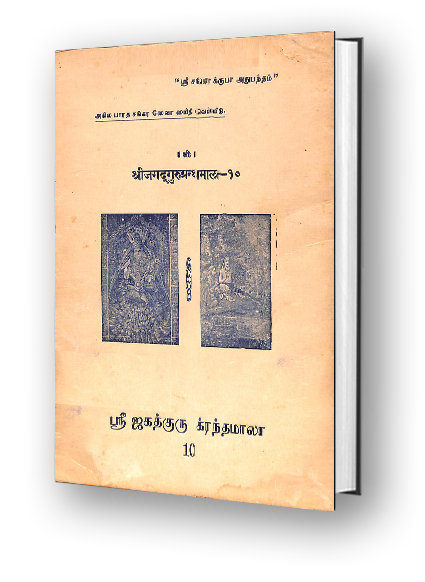
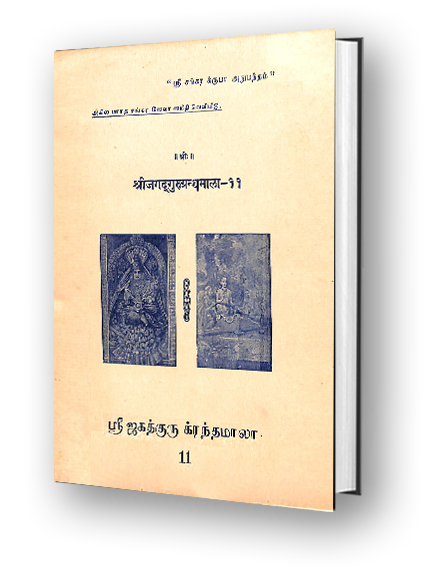
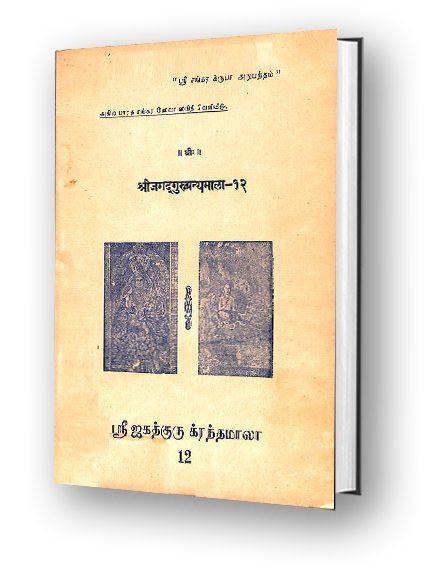

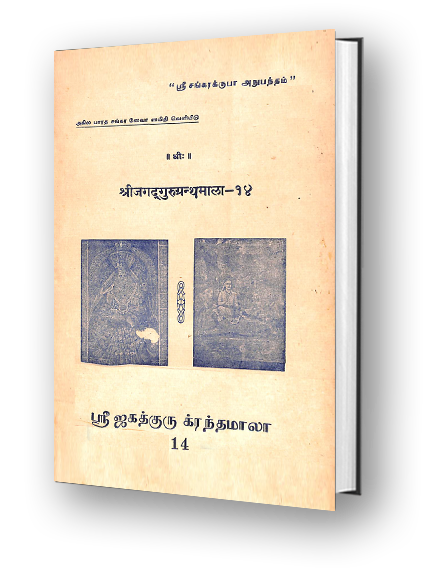
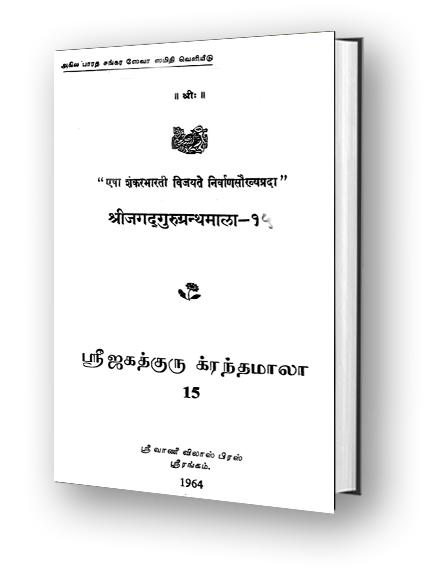
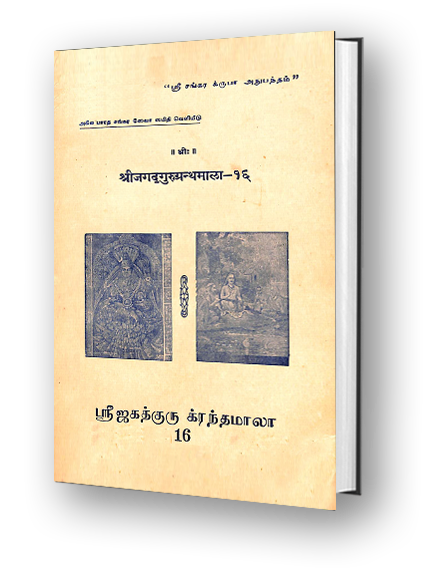

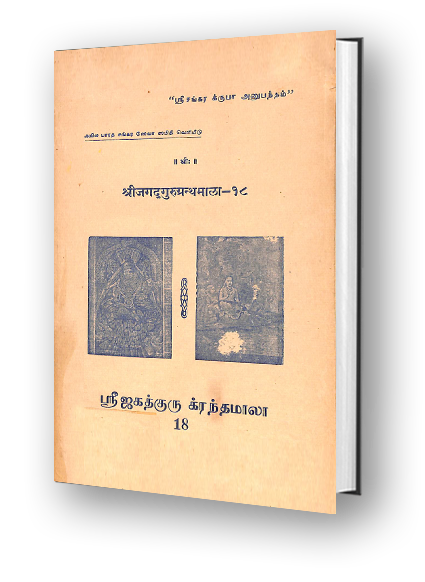
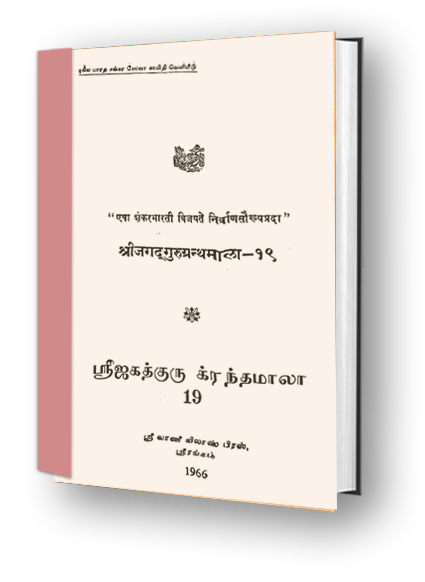
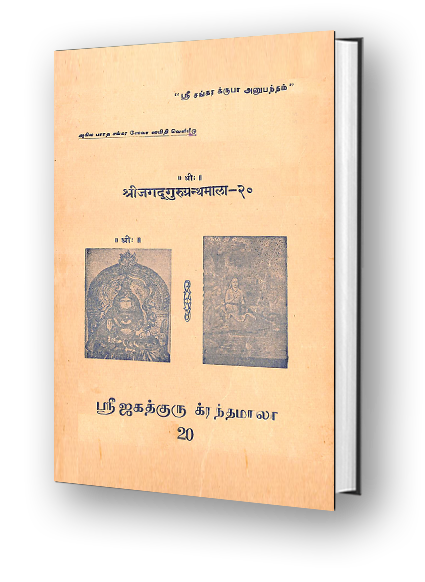
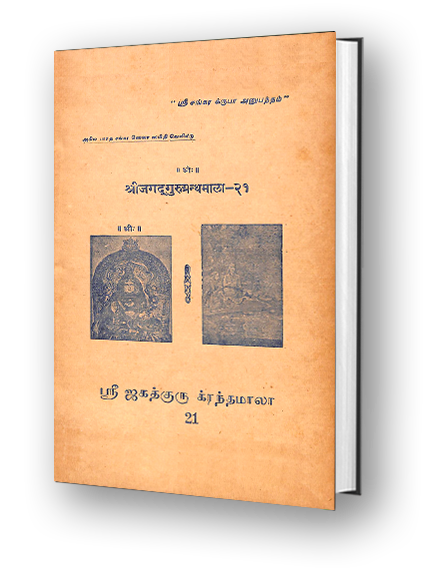
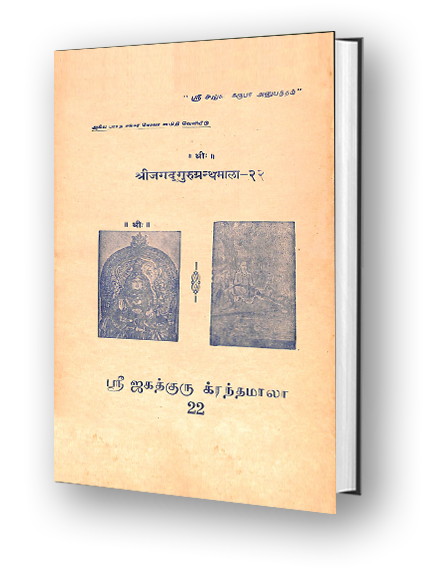
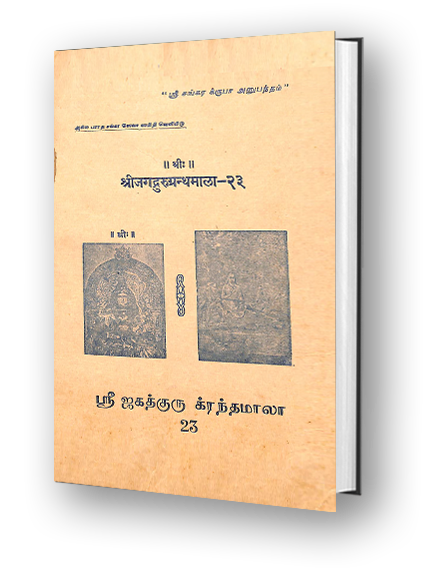
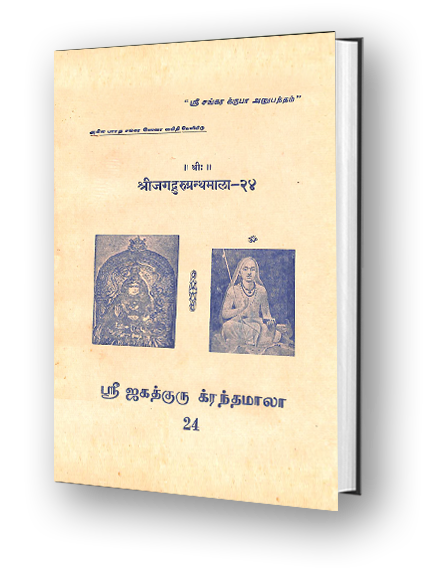
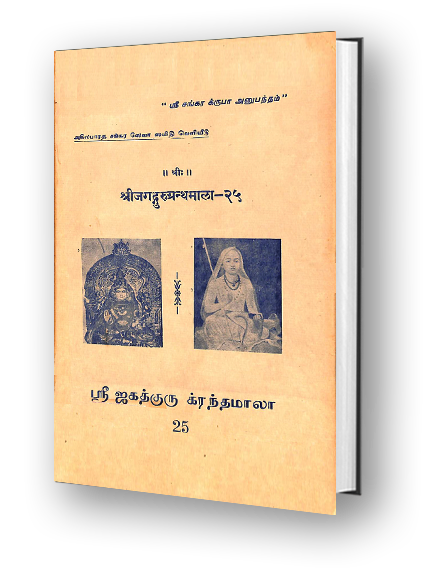
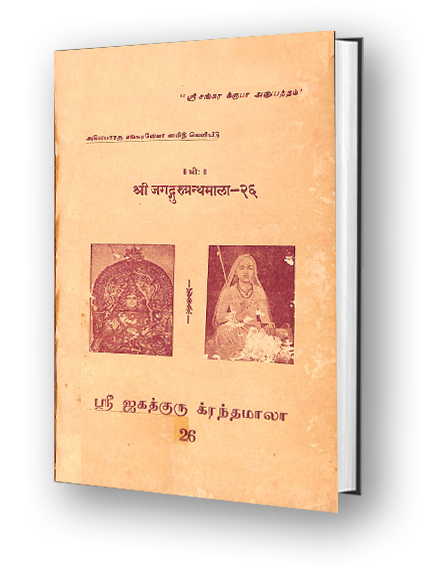
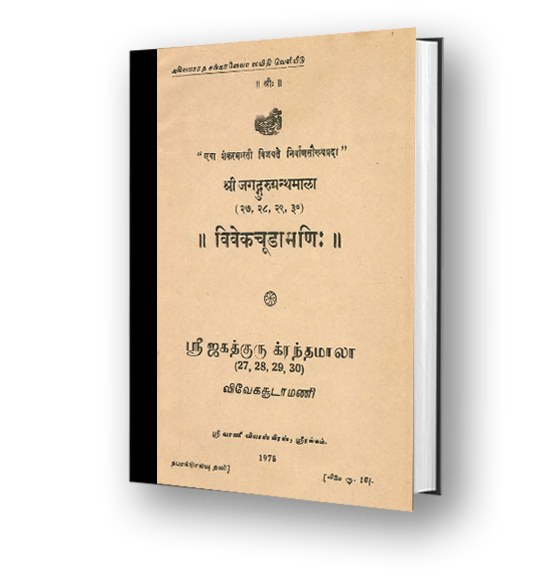
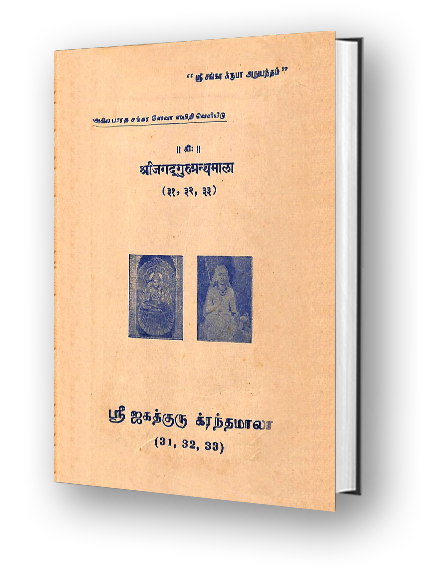
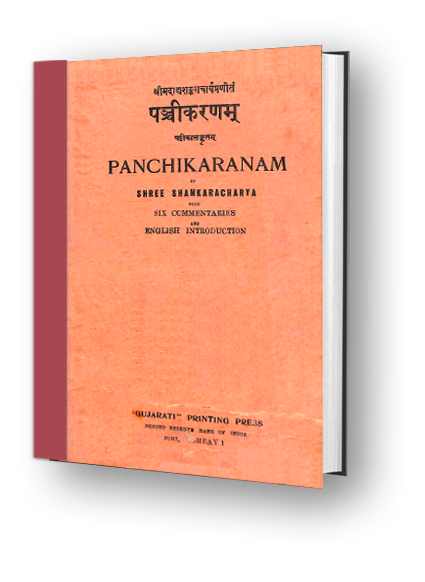
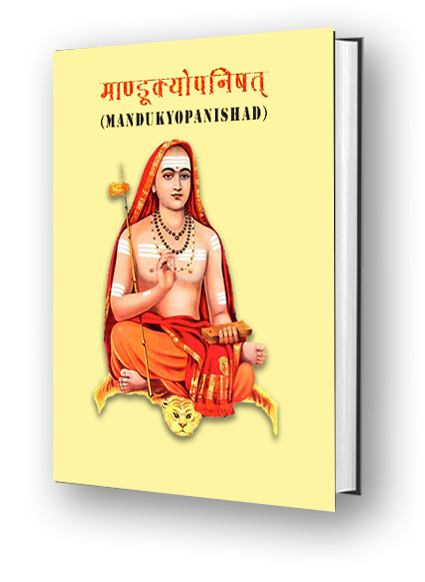
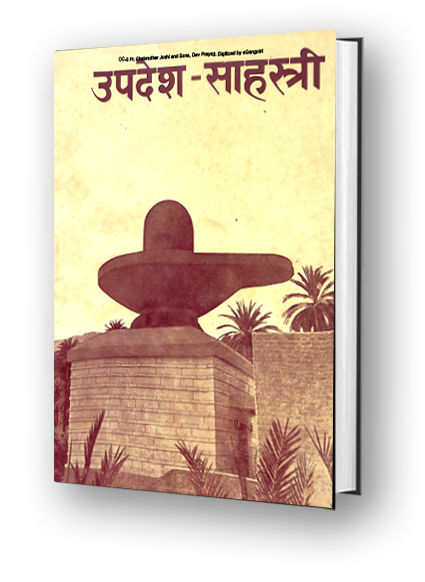
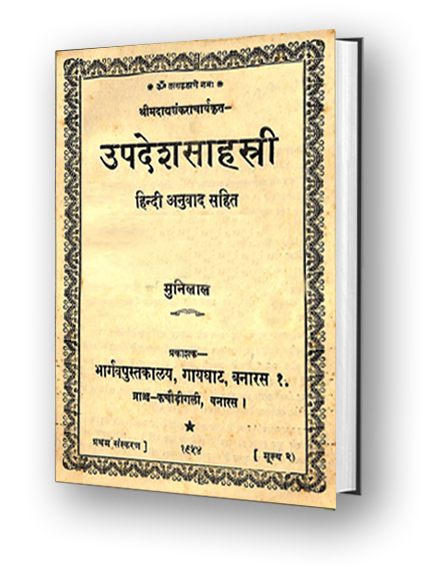
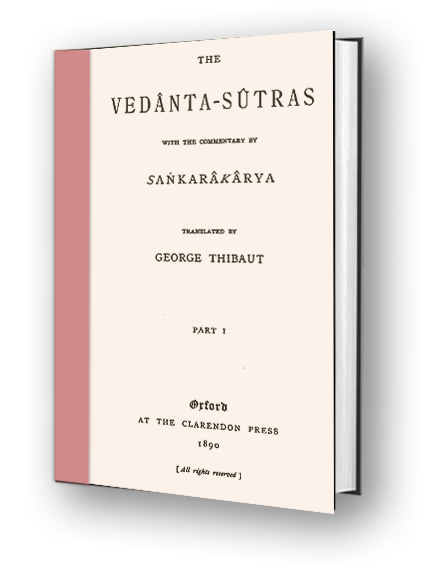
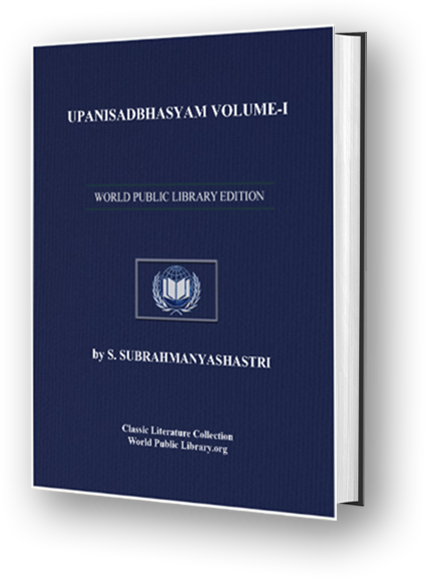
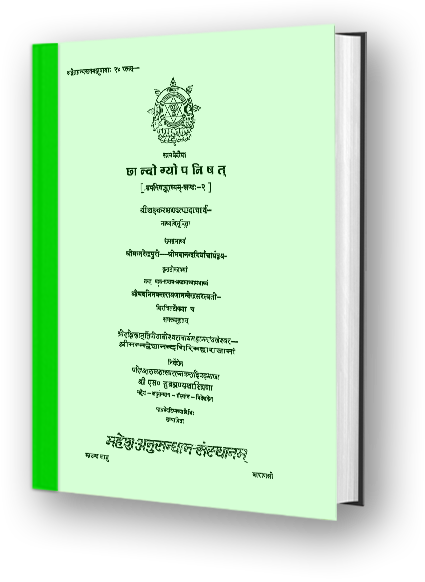
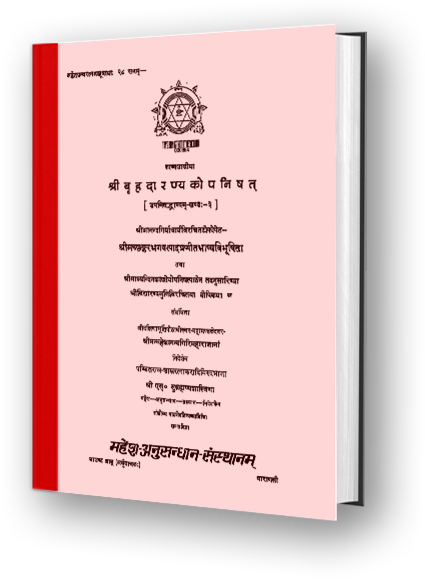
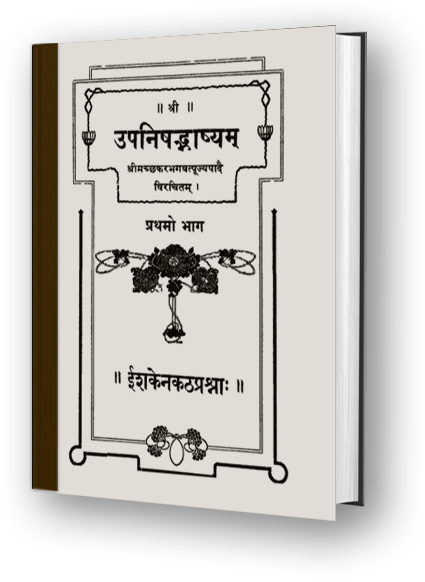
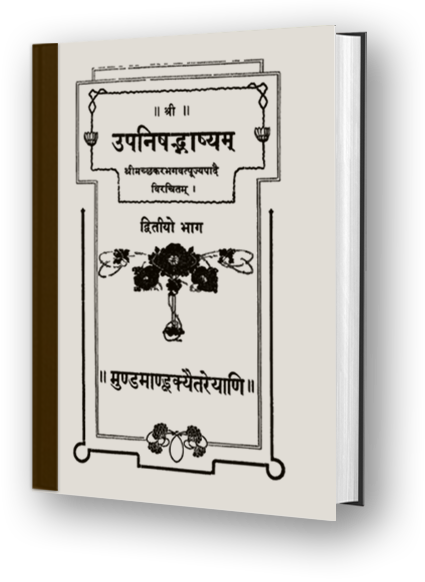

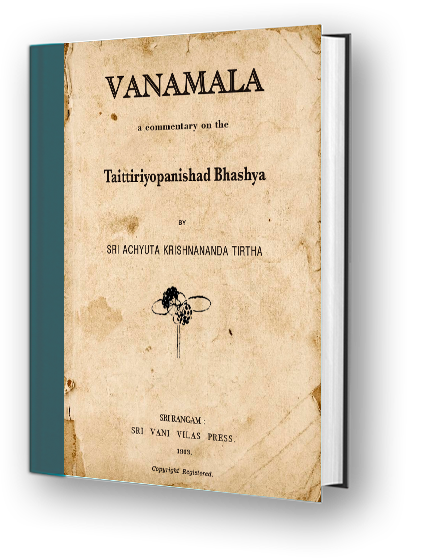
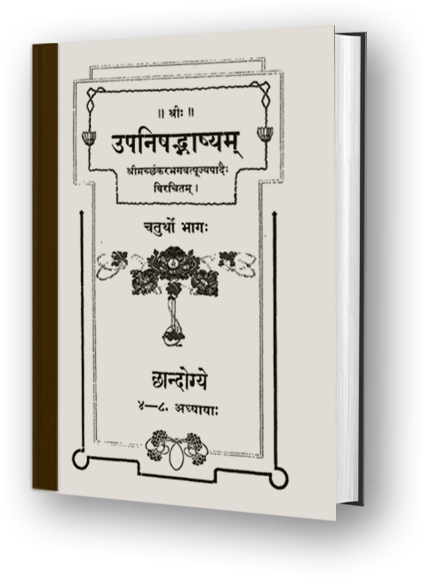
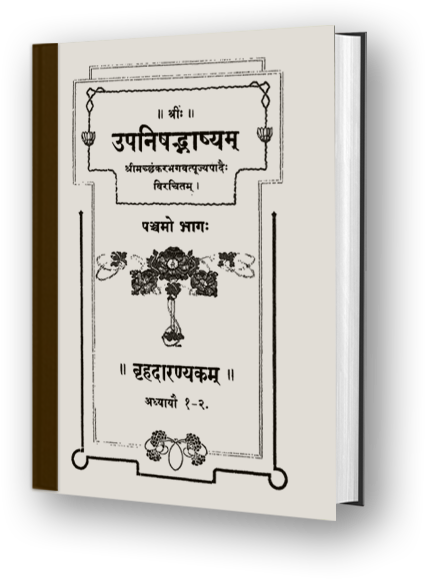
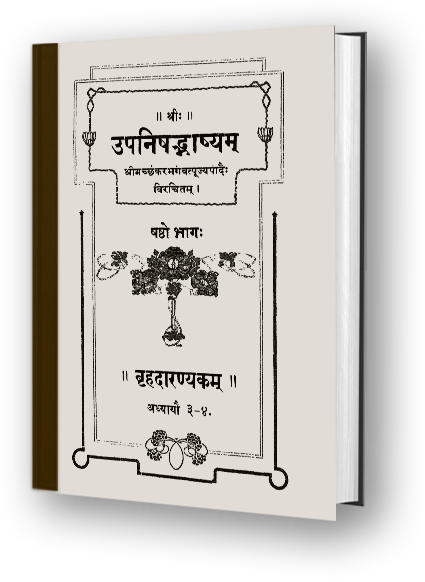
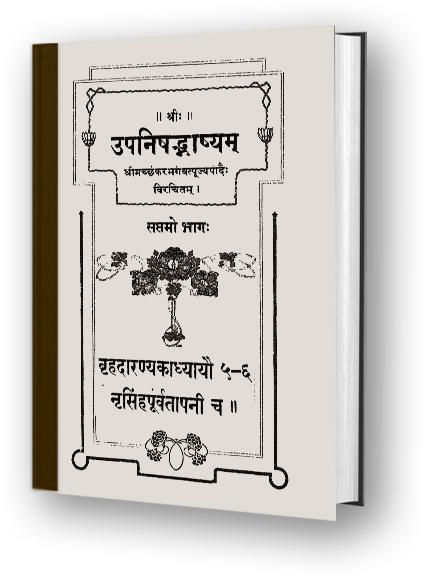
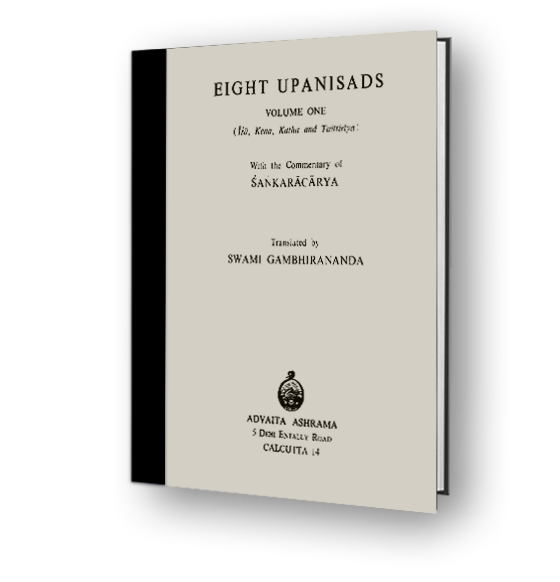
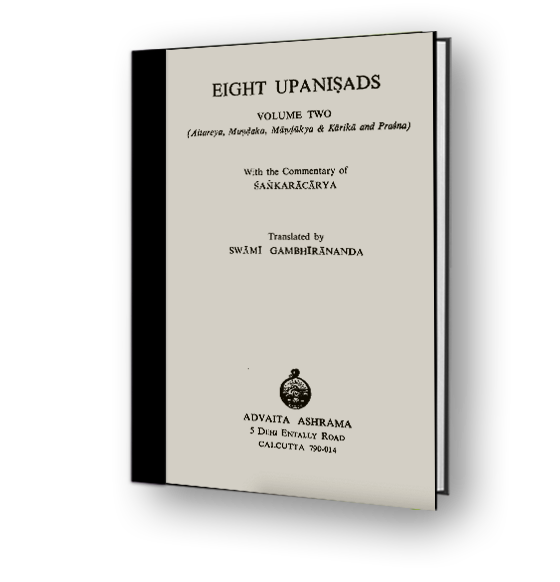
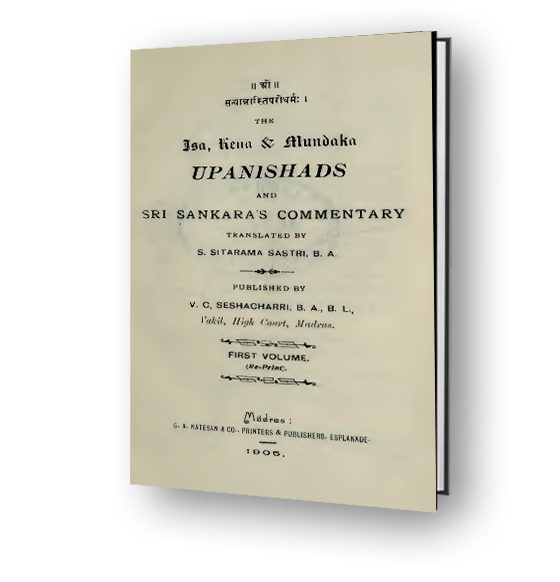

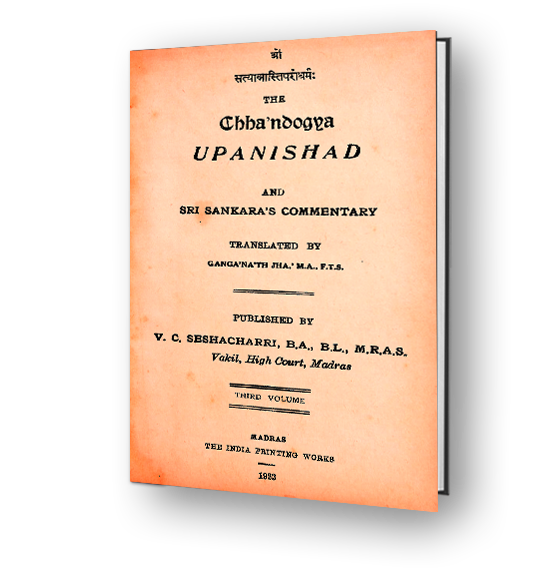
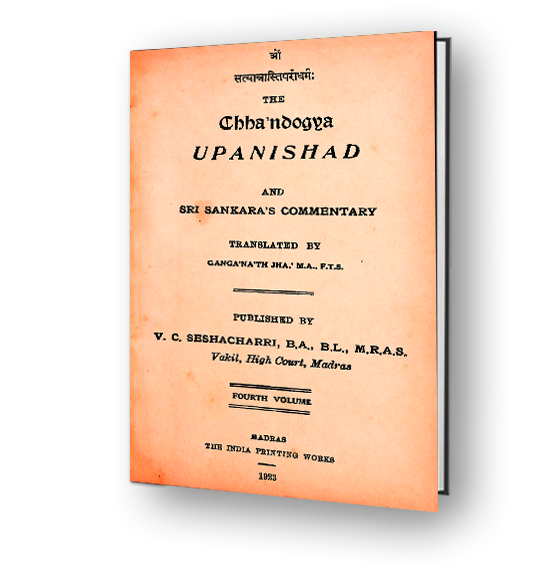
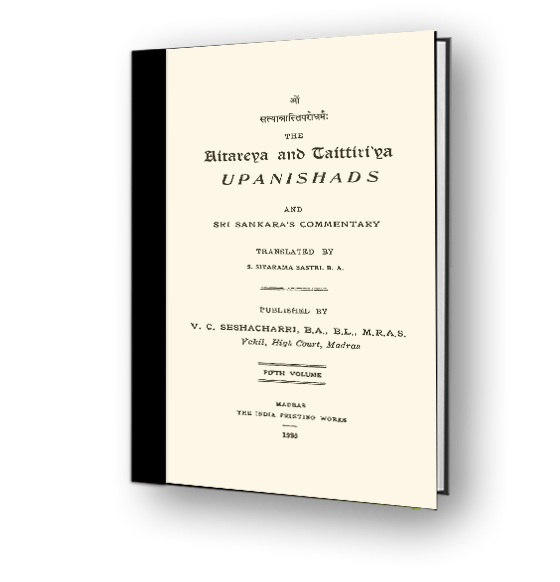
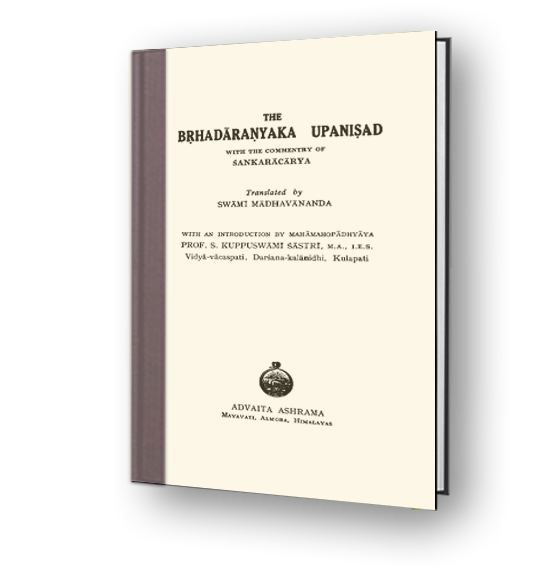
-vol-1.png)
-vol-2.png)
